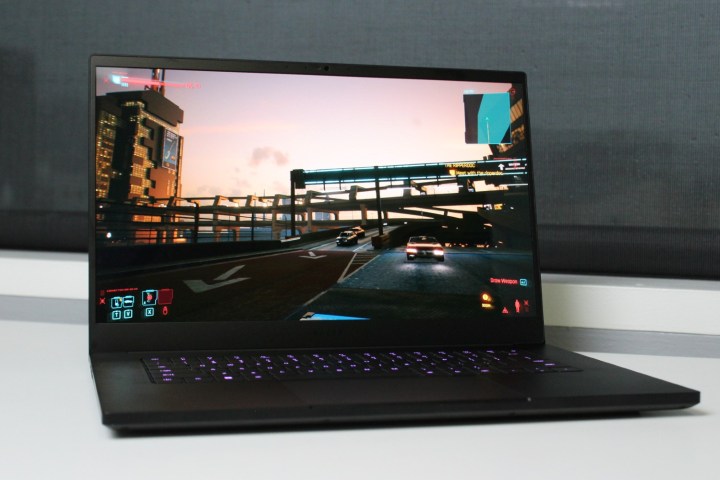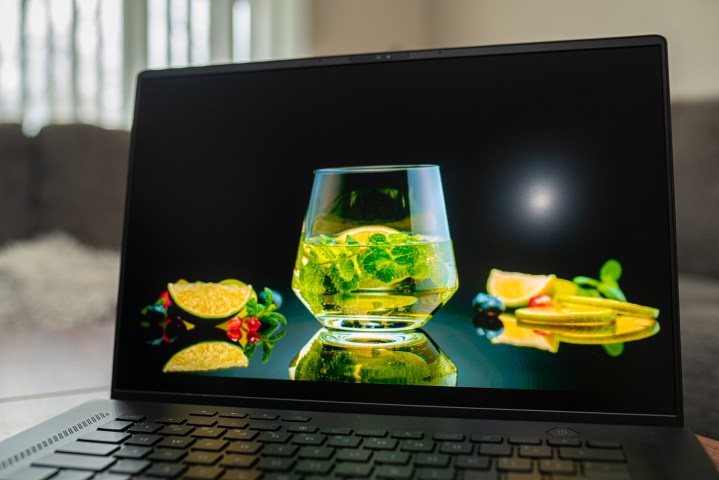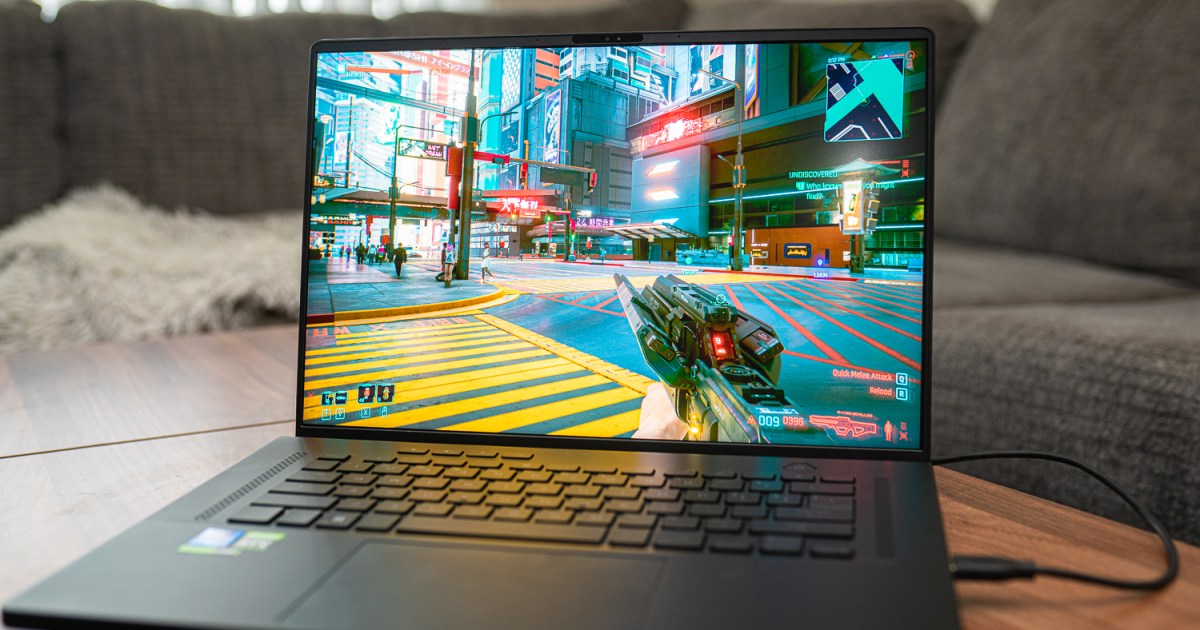Raw power. High refresh rates. RGB. These are some of the defining factors of the best gaming laptops, and they have been for years. But for as much portable power as you could buy, most gaming laptops have skipped a critical element of a great gaming experience: the screen.
In years past, you could find a high refresh rate or good image quality, but you generally couldn’t have both. In 2023,
Let’s look back

About a year-and-a-half ago, I looked at the 12th-gen MSI GT77 Titan. At the time it released, you would spend $5,000 for a high-end configuration packing a Core i9-12900HX and an RTX 3080 Ti. It’s a desktop replacement, a laptop so powerful that you might forget you’re even playing on a laptop. There was just one problem — the screen.
Even for a $5,000 laptop, you had the choice between a 1080p display at 360Hz or a
It wasn’t just the GT77 Titan. The 2022 ROG Zephyrus G16 also used an IPS display with a 165Hz refresh rate, and the Alienware x17 R2 (a laptop you could easily spend over $3,000 on) managed a 480Hz refresh rate, but on a flat, disappointing IPS display. If you wanted a high refresh rate in years past, you needed to settle for middling image quality and usually a low resolution.

There were attempts to improve image quality. Razer was one of the first to introduce OLED to
It’s fair to assume the display is an afterthought for most gaming laptop makers. So much work goes into getting the most performance out of the components inside that I can only assume brands don’t want to complicate that process with some extravagant display. In reality, I suspect that the panels gamers wanted just haven’t existed for the past few years.
Just last year, I was writing about the horrible state of HDR for desktop PC gaming, and a lot of that came down to the pitiful monitor selection PC gamers had access to. If great image quality was something even desktop monitors struggled with last year, how could you expect
But in 2023,
The pivot

We had a taste of what 2023 had in store for
OLED is one thing, but other displays grew up in 2023, too. The GT77 Titan is the laptop that stood out to me the most. In 2022, it had one of the worst screens I had tested, and it stood out all the more given its gargantuan price tag. The 2023 model was the opposite, employing a

The big jump this year came from mini-LED. A smaller LED means that display makers are able to cram individual dimming zones behind the display, increasing brightness in bright areas and darkness in dark areas. The GT77 Titan’s mini-LED display, for example, includes 1,008 local dimming zones, allowing it to blow past the static backlights on IPS panels from years past.
Asus leveraged this tech with the ROG Zephyrus M16, as well, offering its Nebula
The future

There will always be a place for solid, if unexciting IPS panels on cheaper
That’s great news for
Editors’ Recommendations

